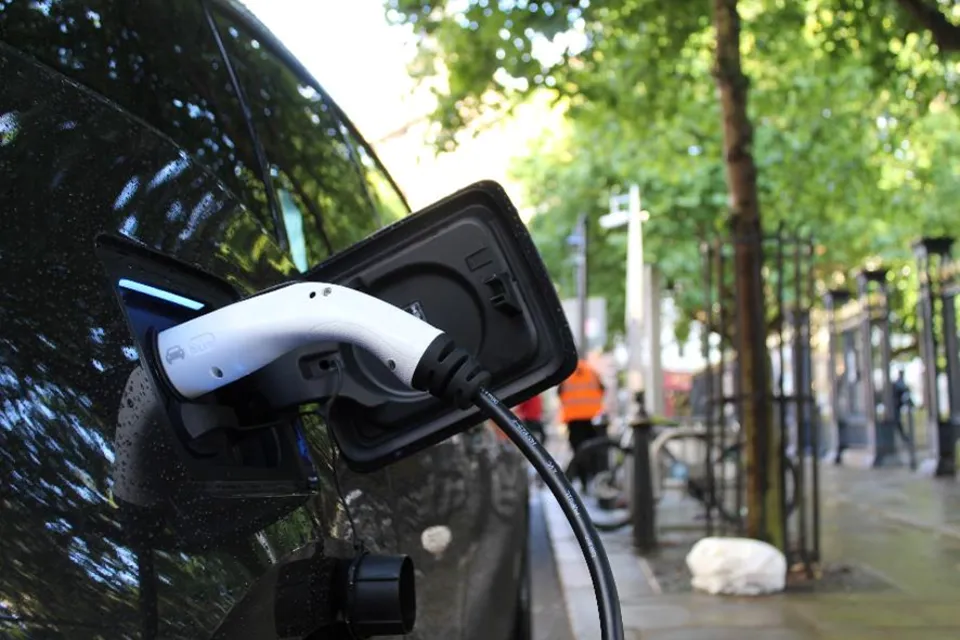The pressures of working towards the 2030 zero-emissions vehicle production deadline is the number one concern for fleet decision makers, according to Arval Mobility Observatory’s latest Barometer.
Some 43% of respondents mentioned the 2030 deadline as their top challenge, followed by a lack of road infrastructure causing congestion (28%) and the introduction of stricter Clean Air Zones in urban areas (26%) within the top three challenges faced.
Shaun Sadlier, head of Arval Mobility Observatory in the UK, said: “Clearly, businesses see the transition to their fleets becoming zero emission – which for the overwhelming majority will mean the adoption of EVs – as by far the biggest transport challenge they face.
“Our interpretation is that the progression to EV operations is now quite clearly mapped out for most, something that the research shows to be true across organisations of all sizes, but the process of implementation is still very much seen as a considerable undertaking.”
Sadlier pointed out that there were really two different sets of tasks to complete in terms of the EV transition, with different and separate obstacles to overcome for car and van operators.
“For car operators, EV adoption is fast reaching a state of ‘business as usual’ in the vast majority of cases. It is van fleets that are going to find moving away from internal combustion engines (ICE) much more of a challenge, with issues ranging from vehicle availability to charging accessibility and more. Businesses operating light commercial vehicles are faced with balancing their desire to operate more sustainable fleets, against cost and operational efficiency.”
Looking at other factors listed in the research, he noted that there was a definite shift towards concerns over operational considerations, rather than business transport policy issues.
“Congestion remains an area of worry, with traffic returning to levels comparable with pre-pandemic times. Also, Clean Air Zones are seen as a quite significant challenge, although this matter can generally be resolved in the short-term by switching low emission vehicles into low emission areas, while in the medium term this will disappear thanks to the transition to EVs.
“Managerial challenges that have fallen away include increased vehicle taxation, which is less of an issue thanks to low taxation for EVs, and flexible working, which is now a permanent feature in most workplaces where it is practical. Finally, interest in mobility solutions has perhaps become less immediate as the threat of Covid has receded – in our view, it is likely that fleet managers are strategically aware of this solution, but are taking more time and support to consider their approaches, which may continue without any government intervention to spark a faster implementation.”
Arval Mobility Observatory carries out its authoritative research of key trends in the fleet and mobility sectors every year. The 2022 Barometer talked to fleet decision makers in 26 countries and the figures shown here cover UK responses to this section of the survey.
> Interested in comparing electric vehicle data? Check out our EV tool.
> Interested in ensuring the efficient use of EVs. Check out our dedicated editorial sections: Insight & policy | EV news | Charging & infrastructure | Costs & incentives | Benefit-in-kind | EV case studies | EV road tests






















Login to comment
Comments
No comments have been made yet.